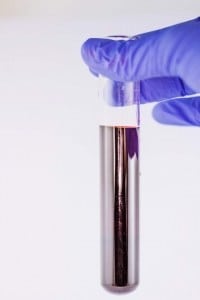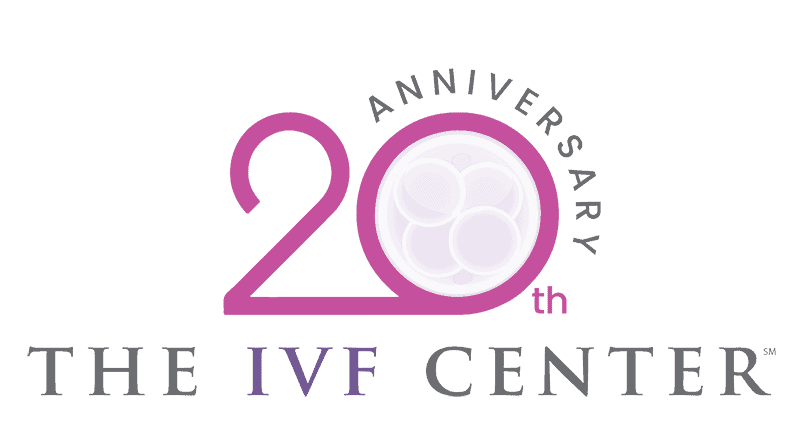For almost 40 years in vitro fertilization (IVF), has been at the forefront of assisted reproductive technology (ART). By creating an embryo in the laboratory, IVF has been used to bypass some of the most common causes of infertility such as sperm irregularities in men and damaged fallopian tubes in women.
Breakthroughs in IVF technology have given fertility specialists an additional tool to help their patients. Many fertility clinics across America are now offering what’s known as pre-implantation genetic screening (PGS). With PGS, fertility specialists use a special technology when screening embryos to determine if they have an abnormal number of chromosomes (the core carriers of human genetic material).
“One of the most exciting advances in the field of reproductive medicine is screening embryos prior to transferring them back inside a woman,” says Mark P. Trolice, M.D., board certified reproductive endocrinology and infertility specialist and founder of The IVF CenterSM.
The IVF procedure begins by providing fertility medication to a woman to allow her to increase the number of eggs she releases each month from the ovary. The eggs are then surgically removed during a 20 minute procedure performed under conscious sedation.
The eggs are spawned by an embryologist in the laboratory and the fertilized egg, or embryo, is allowed to develop for between two to five days before being transferred into the woman’s uterus.
However, studies have revealed that roughly half of all IVF preimplantation embryos contain chromosome abnormalities, which can cause implantation failure and miscarriage during the first trimester of pregnancy. As a woman gets older the quality of her eggs wanes, increasing the likelihood of chromosome abnormalities in the embryo.
Screening embryos for both chromosome irregularities and genetic defects can help women and couples avoid these problems before they arise.
Screening Embryos Testing
 An embryo on day five contains roughly one hundred cells. Through a specialized biopsy, a fertility doctor is able to remove up to five cells for analysis without damaging the embryo.
An embryo on day five contains roughly one hundred cells. Through a specialized biopsy, a fertility doctor is able to remove up to five cells for analysis without damaging the embryo.
“On day five of embryo development, we remove some cells around the outer part of the embryo,” says Dr. Trolice. “That’s the tissue that gets analyzed genetically. In the meantime, we freeze the embryos while we’re waiting for the information to come back.”
Over the years, Dr. Trolice has witnessed some extraordinary developments with embryo screening. “We can test for the gender of the embryo, for chromosomal abnormalities such as Down Syndrome,” he says. “That’s very important for an older woman who does IVF; and we can also screen for single gene defects like sickle cell anemia, cystic fibrosis, Tay-Sachs.”
Screening embryos can help guide fertility specialists to those IVF embryos with the greatest potential and probability to produce a viable pregnancy.
“All of these are allowing a woman and couples to reduce their concerns over problems with their baby before they get pregnant,” says Dr. Trolice.





